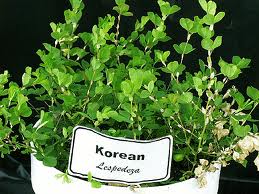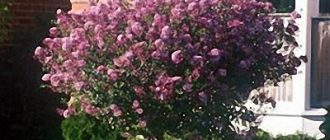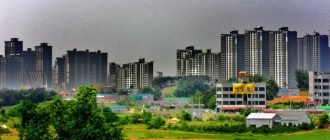Want to plant the Korean Lespedeza? Learn more about the Korean Annual Lespedeza, a summer legume which makes an excellent pasture crop…
The Korean Annual Lespedeza is a very hardy legume which is drought resistant and tolerant to acidic soil. It is perfect for use as hay, improving the soil as well as creating a pasture. There are basically two types of Annual Lespedeza: Kummerowia stipulacea, which is the Korean variety while the other one is known as the Kummerowia striata, which is also called the common lespedeza.
Korean Lespedeza Plant Description
The Korean lespedeza is a plant with heart-shaped leaves, which are broad and have very evident and deep veins. There are small hairs on the stem of the plant and the flowers have a light pink or purple color. Once the plant flowers the leaves of the Korean lespedeza fold inwards to completely cover the seed pod, which helps prevent the seed from shattering. That is the main reason for the bountiful yield of the Korean lespedeza. It thrives in clusters, which grow at the terminal end of the plant’s branches.
Korean Lespedeza Introduction to US Farms
The Korean lespedeza was introduced into agriculture in America from Korea in 1919. In fact, it became part of an experiment conducted by the Missouri Agricultural Experiment Station in the year 1921. The experimental station had received a spoonful of the seeds of Korean lespedeza from the US Department of Agriculture.
It was studied intensively at the facility and after five years, 30 farmers were provided with five-pound packets of seeds for the Korean lespedeza to experiment with on their farms.
Initially it was utilized in an annual rotation along with some smaller grains and the seeds would be planted by late winter or in early spring. It was usually harvested for hay or summer pasture. While the Korean lespedeza would be seeding, the ground could be utilized for planting the smaller grains thereby making for the maximum use of a farmer’s acreage.
It could also be planted separately and as part of a bluegrass pasture. As the acceptance of the versatile and highly useful Korean lespedeza grew among farmers it was planted in the new seedlings of tall fescue as well as orchard grass by the late 1940s.
Since most if not all of the farmers responded with positive feedback, the crop was accepted widely. Eventually the area covered by this legume reached 6,000,000 acres in early 1950.
Growth Habits of the Korean Lespedezas
The plant’s germination begins in early spring and it grows marginally by June. The length of the day helps determine the growth cycle as well as the seed production of the plant. Therefore, the best growth occurs during the long days of July and August.
The plants are drought resistant and respond favorably when provided with the right conditions. However, although dryness reduces their growth the plants bounce back as soon as the rains return. It is interesting to note that they are more resistant to drought in the seedling stage than any other variety of pasture legume and therefore are very reliable and popular form of pasture crop.





